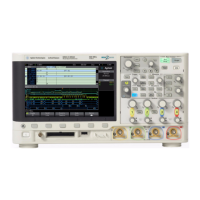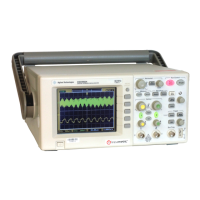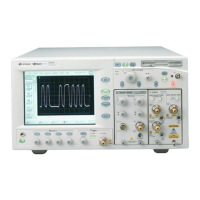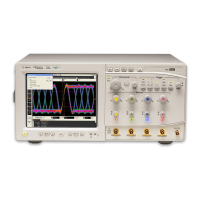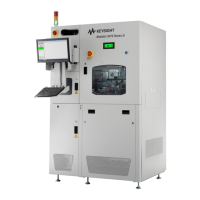CAN/LIN Triggering and Serial Decode 23
Agilent InfiniiVision 3000 X-Series Oscilloscopes User's Guide 353
• Differential (H-L) — The CAN differential bus signals connected to an
analog source channel using a differential probe. Connect the probe's
positive lead to the dominant- high CAN signal (CAN_H) and connect
the negative lead to the dominant- low CAN signal (CAN_L).
Dominant low signals:
• Rx — The Receive signal from the CAN bus transceiver.
• Tx — The Transmit signal from the CAN bus transceiver.
• CAN_L — The actual CAN_L differential bus signal.
• Differential (L-H) — The CAN differential bus signals connected to an
analog source channel using a differential probe. Connect the probe's
positive lead to the dominant- low CAN signal (CAN_L) and connect
the negative lead to the dominant- high CAN signal (CAN_H).
CAN Triggering
To set up the oscilloscope to capture a CAN signal, see "Setup for CAN
Signals" on page 351.
The Controller Area Network (CAN) trigger allows triggering on CAN
version 2.0A and 2.0B signals.
A CAN message frame in CAN_L signal type is shown below:
After setting up the oscilloscope to capture a CAN signal:
1 Press [Trigger].
2 In the Trigger Menu, press the Trigger softkey; then, turn the Entry knob
to select the serial slot (Serial 1 or Serial 2) on which the CAN signal
is being decoded.
Arbitration
Field
Bus
Idle
Data
Field
SOF edge
Control
Field
ACK
Field
Intermission
CRC
Field
EOF
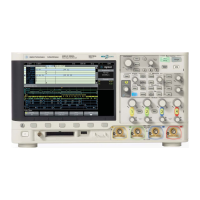
